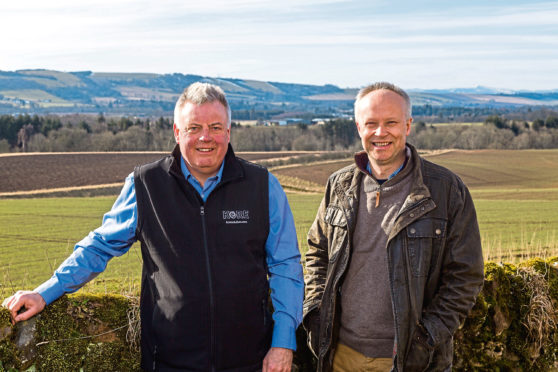A smart camera crop treatment system, designed to enable farmers to reduce standard agrochemical usage by up to 90%, is being developed by Angus-based SoilEssentials.
Targeted to be ready for on-farm use within the next three years, the new system centres on a retrainable smart camera which will be able to recognise, map and precision-apply agrochemicals to crops.
Jim Wilson, managing director of SoilEssentials, said: “The aim is that in the very near future we will have technology available which can ensure accurate differentiation between crop and weed species and therefore enable precision targeting of agrochemicals.
“Ultimately the technology will allow farmers, agronomists and agrochemical applicators to dramatically reduce the amount of protection products applied to crops across Britain and worldwide.”
An early form of the development has already completed a feasibility project called Grass Vision, in which a low-cost machine vision system was used to recognise and precision-apply herbicides to broad-leaved weeds in grassland.
The next challenge is to apply the same process to arable crops. Graham Ralston, technical manager at SoilEssentials, said: “The amount of agrochemical savings which might be possible will obviously depend in the level of weed infestation in any given crop. If you’ve only got a few weeds across a field, then the reduction possible from a targeted application will be massive in comparison to spraying the whole field. We are talking of up to 90% reduction in chemical usage being possible.”
The technology will initially be made available as a contractors’ item for use by trained operators, with potential for it to be extended as a farmers’ item.
Current development and testing procedures are being supported by Innovate UK, with SoilEssentials partnering in the project with Deimos Space UK, Peacock Technology, Scottish Agronomy and the University of the West of England.
